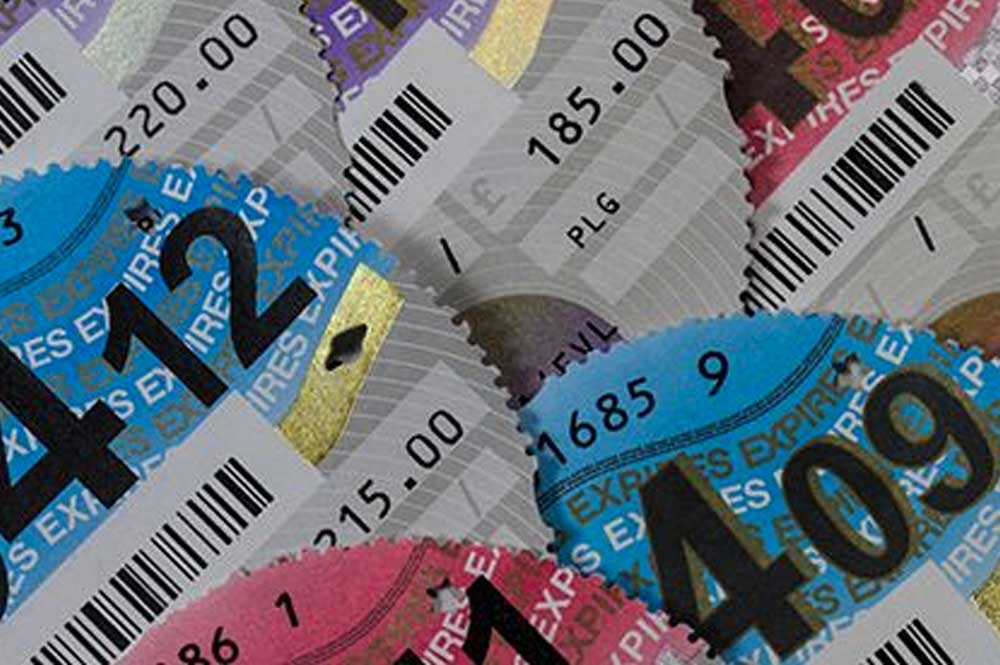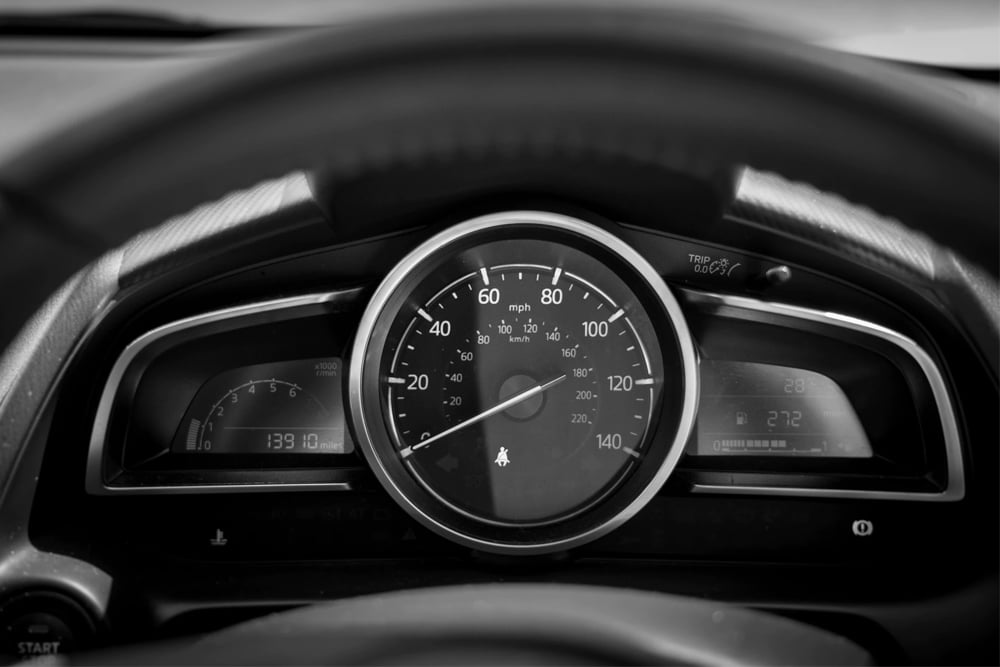Car Tax – How much is the car tax for my car in 2022?


It is like every other increasing bill to add to your family budget. But how much of the fee will rise to rely upon your car’s emissions.
The authorities have already introduced that by the end of this decade the sale of new petrol and diesel automobiles will be banned and there are measures already to switch to electric cars.
Changes have already been considered on the forecourt too. And whilst taxes for electric powered and hybrid cars are lower, from April car tax is rising once more however drivers of the least polluting automobiles will still pay less. Vehicle Excise Duty also acknowledged as car tax or road tax will increase in line with the Retail Prices Index measure of inflation from April 2022.
The following sorts of automobile owners pay no car tax:
Car tax is raising from 1 April 2022, with the latest modifications set to affect millions of drivers already struggling with fuel and insurance plan costs. Car tax or VED is the annual cost for the usage of your car on the street and normally will increase in line with inflation every year.
There are massive modifications made in the way car tax is calculated from 2022 to 2023, however, the practice of raising them through the RPI will see an increase in the amount that drivers will want to pay for VED throughout all car tax bands – aside from pure-electric battery-powered cars that will get away fee hikes for now.
Car tax, or vehicle excise duty, will be raised from April 1, 2022. The tax will be made bigger in line with the Retail Price Index, a measure of inflation. Increases are additionally structured on the number of emissions produced by your car.
If your vehicle emits no CO2, your car tax will stay at 0. If your car’s CO2 emissions are between 1 and 50g per km, your standard price of car tax will increase from £155 to £165, however, your first 12 months’ price will still be £10. For motors that emit between fifty-one and 75g of CO2 per km, the standard price will increase from £155 to £165, whilst your first-year price will remain at £25.
The amount of car tax that you will have to pay will rely absolutely on how ‘green’ your vehicle is – judged using the CO2 emissions that it pumps out of the exhaust pipe.
You can take a look at your car’s emissions figures and then work out how much greater you are probably to pay from 2022. These figures had been no longer directly referred to in the Budget on 23 March 2022, however, in his 2021 Autumn Budget the verified car tax would extend on 1 April in line with the retail price index measure of inflation.
Cars registered between March 2001 and April 2017 are still divided into thirteen bands based totally on CO2 emissions. As with more new cars, the rises differ from £5 per year for lower-emissions automobiles to £30 per 12 months for the most polluting. Matters are less complicated for automobiles registered earlier than 1 March 2001. For vehicles with an engine ability of 1549cc or under, the annual car tax price is leaping from £10 to £170 to £180. For vehicles of greater than 1549cc, it is going up £15 from £280 to £295.
Owners of automobiles who qualify for free VED should still apply for car tax, despite not having to pay something towards this. Many low-emissions vehicles that have been first registered earlier than 1 April 2017 and emit up to 100g/km of CO2 qualify for free VED. However, these car owners will nonetheless get hold of an annual renewal reminder and have to apply for car tax – if you pass the renewal notice, you will run the risk of a fine of up to £1000.
Yes but there are a few exceptions that could mean you or more of your car are exempt from paying car excise duty. These encompass the following:
Your new vehicle has zero CO2 emission from the tailpipe and comes with a listing rate of much less than £40,000.
Your car is more than forty years old. If you own a car that used to be registered earlier than 1 January 1982, then it will be exempt from paying car tax. Additionally, if you no longer understand when your automobile was once built, however, it used to be first registered earlier than eight January 1982, you can additionally follow to stop paying car tax. If your car is exempt, you will want to follow up to have the exemption made official and now not simply expect you can drive except to let the DVLA know. You can apply for exemption here. Some drivers with disabilities can additionally register as being exempt from paying VED. Those that emit zero grams per kilometre of CO2 will pay you nothing to tax, whilst petrol- and most diesel-powered automobiles (including hybrids) that emit between 1g and 50g per kilometre will set you back £10 for the first year. This, and the £25 cost for automobiles that emit between 51g and 5g per kilometre, is unchanged from the final year.
How much tax you will pay each 12 months relies upon which VED (vehicle excise duty) band your car falls into. The UK govt has targets it wants to hit about weather change and emissions, so the VED bands are mostly costs based totally on your vehicle’s CO2 emissions. There are unique charges of tax relying on when your car used to be first registered. By the end of this decade, the authorities will ban the sale of petrol and diesel vehicles, with measures already in the area to drive up the swap to electric. In its quest for net-zero, unleaded has moved to E10, a greener, filtered petrol, and drivers are being presented the money to exchange in their ancient ‘dirty’ vehicles. A new giga-factory is additionally underway to assist the pace of the manufacturing of electric-powered batteries. One of the sights of purchasing a new electric-powered automobile is additionally the decreased tax involved.
For automobiles first registered on or after April 2017, the value of your first payment is dependent on your vehicle’s CO2 emissions. However, when it comes to renewing your annual car tax there will be a flat charge that is dependent on the fuel kind of your vehicle, regardless of the CO2 emissions.
DVLA stands for ‘Driver and Vehicle Licensing Agency. To drive in the UK, you should be registered and licensed with the DVLA. The DVLA is a government-run company accountable for accumulating Vehicle Excise Duty (VED) and it, therefore, maintains a database of the registration and licensing reputation of every driver and automobile on UK roads. The DVLA is the body that will issue driving licences and registration certificates. They will additionally report driver endorsements e.g. factors on your licence and any consequent disqualifications. They are additionally the body with universal accountability for amassing car tax and taking action in opposition to car tax evaders.
However, vehicles that emit between 76g and 150g per kilometre of CO2 will see their VED quotes up by £5 over the 2020-21 rate to £220. The greater CO2 a vehicle emits per kilometre, the increase in the car tax for 2021. The largest step-up in VED applies to automobiles that emit extra than 255g per kilometre of CO2. These will increase the rate to £2,245 for taxing the first year, up from £2,175 in 2020.
Fully electric-powered and hydrogen fuel vehicles will hold their car tax (VED) exemption status, as a result of having zero tailpipe emissions.
There will be a tax increase for petrol and diesel motors for 2022, making an every-year automobile payment likely. Vehicle Excise Duty (VED) will be affected from April 2022 and may additionally cause a tremendous increase for eco-friendly cars.
Fuel and carbon dioxide emissions decide the kind of car tax. Used car tax costs are a different method than for the kind of vehicle. It may additionally be faster to get automobile data from the DVLA as a substitute for the usage of V5C reference numbers.
An annual car tax of £155 is applied (up from £150 in 2020/2021). In addition to this discount, the owners of alternatively-fueled cars such as hybrid vehicles, moderate hybrids, and plug-in hybrids pay £145 a year (a raise of £140 the 12 months before).
Here’s a listing of rates:
VED costs have risen in line with inflation since 2010 and this will be the case once more in 2022, with this introduced in the autumn budget. The rates will increasingly rely on when the automobile was once registered, however, the preferred price for new diesel automobiles registered after April 1 2018 that no longer meets the actual driving emission step two (RDE2) standard will be going up from £155 to £165.


